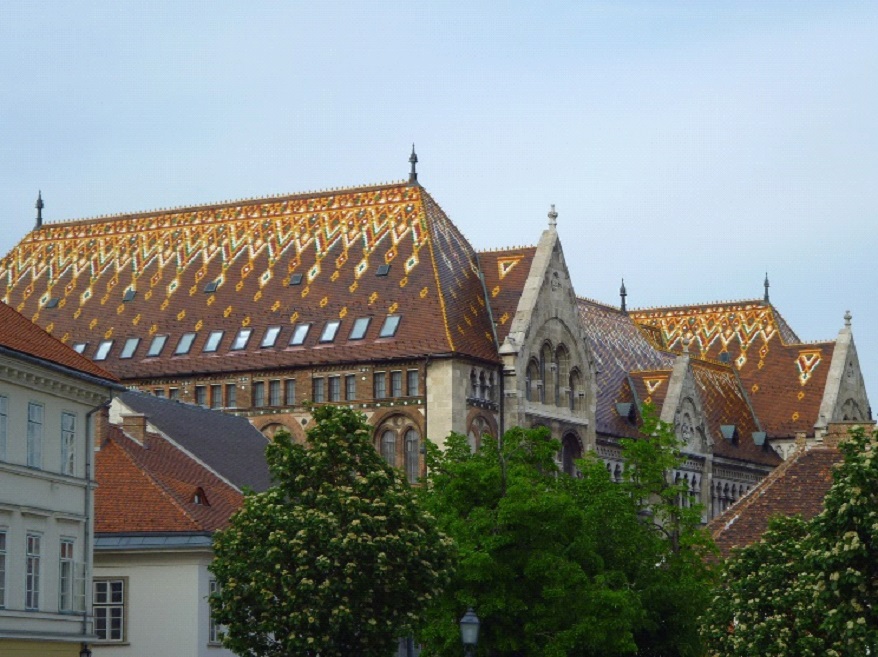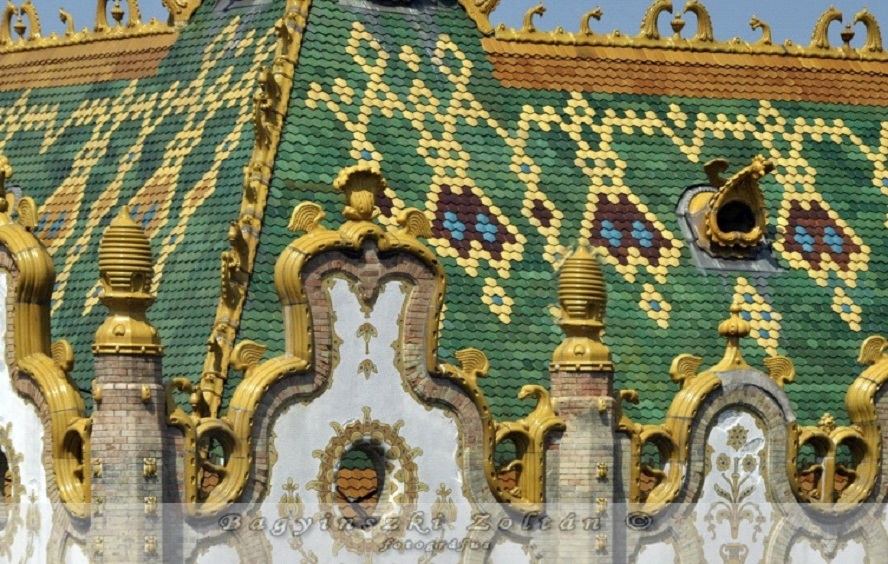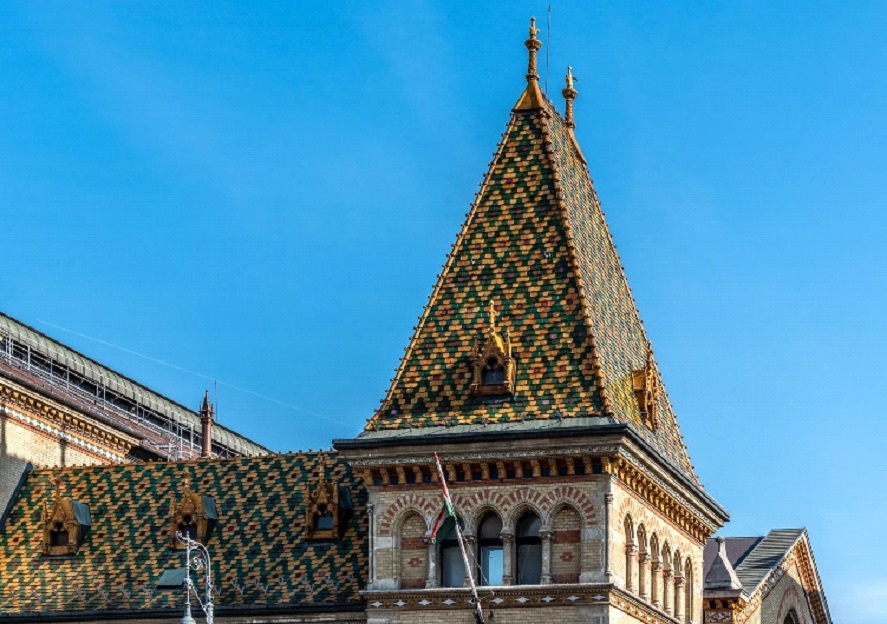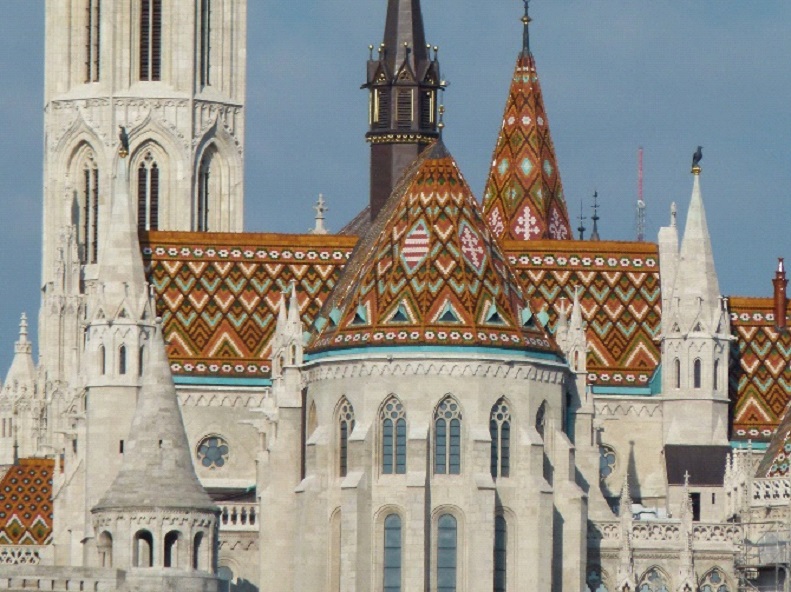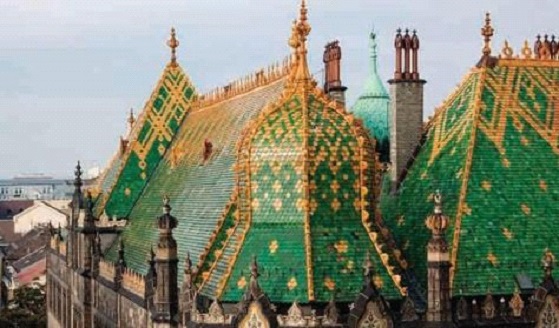BEST OF ZSOLNAY ROOFS
Quiz
Vilmos Zsolnay (1928-1900), who referred to himself just as a potter but his admirers gave him the title The Greatest Hungarian Potter, made Budapest beautiful by his ceramic art. In this five-item quiz, you’ll have to guess the most well-known iconic buildings.
Guess the correct answer!
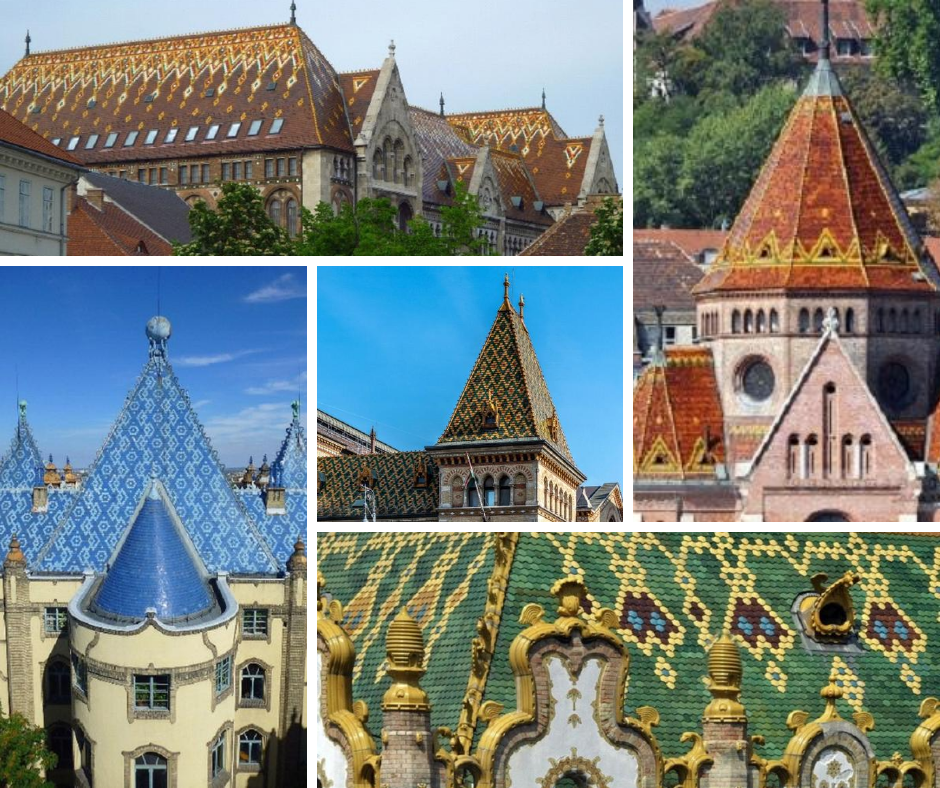
If you like to know more about the eight buildings mentioned in the quiz, go on reading.
KEY TO THE BUILDINGS WITH ZSOLNAY TILES
When you walk the city, always look up, and you’ll see wonders. Zsolnay’s great friend, Ödön Lechner, the founder figure of the Hungarian national style, was once asked by his respectful students:
⦁ Master, why do you put all those beautiful decorations up there? Who’ll see them?
⦁ The birds and God, the jovial Lechner answered.
And, fortunately, all of us who don’t rush or plug their ears and look down while walking, can observe the beautiful spots that our admirable artists had hidden for us.
And now, here are the correct answers:
Protestant Church in Buda
Szilágyi Dezső Square Reformed Church is the third major Calvinist church in Budapest. Its pointed roof is covered in Zsolnay glazed tiles in brown, yellow, and green. It was designed by architect Samu Pecz, who also designed the famous Market Hall on the Pest side. The inauguration took place in 1896.
Geological Institute
The Geological Institute is Ödön Lechner’s second greatest work, built in 1899 three years after the Applied Arts Museum. It was carefully crafted to carry geological meanings. Zsolnay’s brilliantly blue-tiled rooftop symbolizes the sea, crowned with globes on the turrets.
National Archive
The neo-Romanesque building of the Hungarian National Archive at the Northern end of the Buda Castle area is the design of Samu Pelcz and was built between 1913 and 1920. The ceramics of the roof and facade come from the Zsolnay factory. The indoor works of applied art, the walls’ and ceilings’ ornamental decorations, were designed by Miksa Roth, as well as its stained glass windows.
Postal Savings Building (now Treasury)
The former Royal Postal Savings Bank (now the Treasury) is a Secessionist extravaganza of colorful tiles and ornamental folk motifs, built by Ödön Lechner in 1901.
The colorful Zsolnay tiles and the innovative use of pyrogranite – a fire and ice proof decorative ceramic which was developed in 1886 by Zsolnay – played a major role in the development of Hungary’s unique style of Art Nouveau.
Central Market
The building was designed and built by Samu Pecz in 1897, an extraordinary example of brick architecture with a neo-Gothic touch. A distinctive feature is the roof with its colorful Zsolnay tiling.
Finally, here are the four other buildings that were mentioned as alternatives in the quiz:
saint ladislaus catholic church
Another iconic, though less known church with Zsolnay ceramics is the Saint Ladislaus Catholic Church in Kőbánya.
Built in 1891 -1899 according to the design of Lechner Ödön in Eclectic – Art Nouveau style. Its tall tower is covered with Zsolnay tiles.
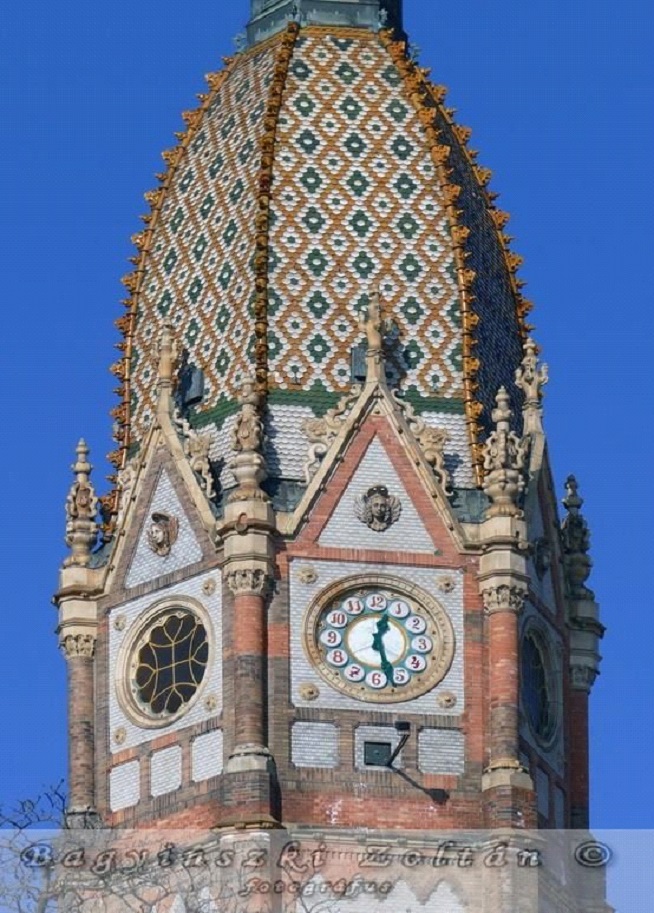
Elephant house
Reminding us of a maharaja’s palace, another blue-tiled building with Zsolnay ceramics is the Elephant House at the Zoo. It was designed by Kornél Neuschloss and built during the complete renovation of the Zoo in the first decade of the 20th century.
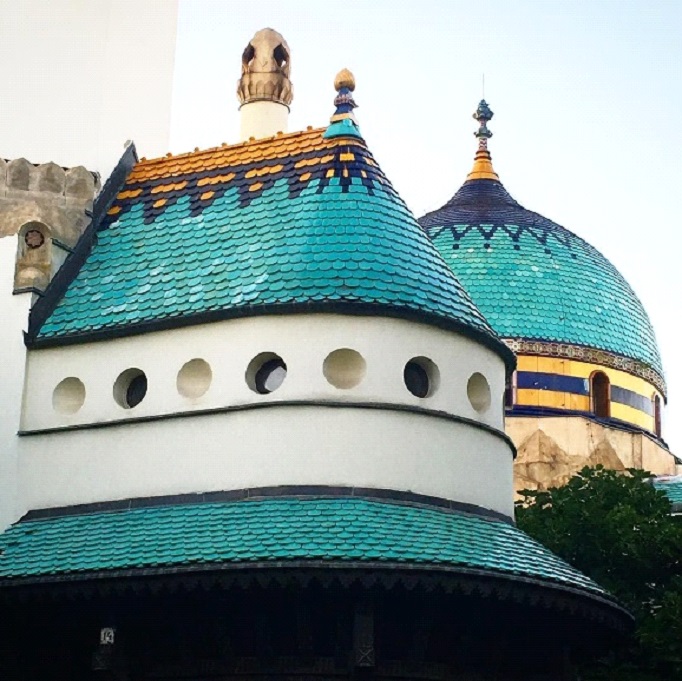
Matthias church
The Zsolnay tiles of the roof of the Archive are similar in both color and geometrical patterns to the ones decorating the Matthias Church.
The iconic landmark of the city is the Church of Our Lady, better known as Matthias Church (Mátyás-templom), dating back to the 12th century. In its present form, it’s a neo-Gothic masterpiece of architect Frigyes Schulek who completed the renewal by 1893.
The roof is beautifully decorated in Zsolnay tiles of bright orange, brown, green, red, and white.
Museum of applied arts
An earlier grand work of art by Ödön Lechner is the Museum of Applied Arts.
The Museum was built between 1893 and 1986 and showed Lechner’s experimentation of integrating Hungarian folk motifs, floral patterns, and Asian forms to create a unique Hungarian national style of architecture. His main associate in these efforts was Vilmos Zsolnay, adding the pyrogranite elements and the glazed pottery, which were considered extraordinary in their time. Green Zsolnay ceramics cover the roof and the dome.
Most of these are part of our Art Nouveau Tour.


